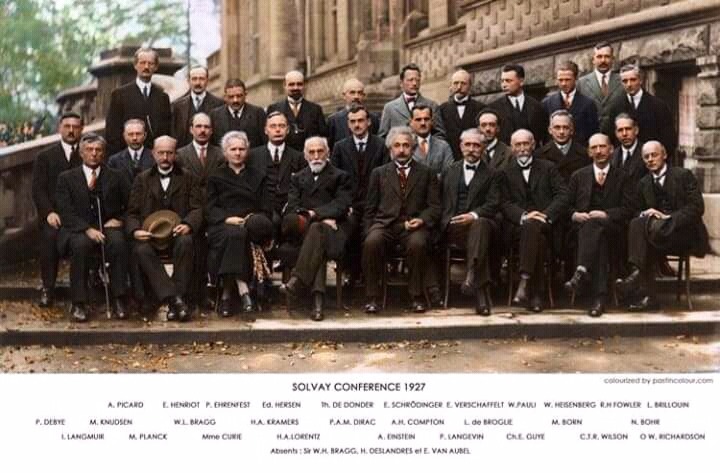Look at what happens around us. A child who smiles, a nightingale that sings, an ily that opens: all move. Every shadow, even an immobile one, is due to moving light.
Every mountain is kept in place by moving electrons. Every star owes its formation and its shine to the motion of matter and radiation. Also, the darkness of the night sky* is due to motion: it results from the expansion of space.

Finally, human creativity is due to the motion of molecules, ions, and electrons in the brain. Is there a common language for these and all other observations of nature? Is there a unified and precise way to describe all the motion? Is everything that moves, from people to planets, from light to empty space, made of the same constituents? What is the origin of motion?
Answering these questions is the topic of the present text. Answering questions about motion with precision defines the subject of physics. Over the centuries, researchers collected a huge number of precise observations about motion. We now know how electric signals move in the brain, how insects fly, why colors vary, how the stars formed, how life evolved, and much more.
We use our knowledge about the motion to look into the human body and heal illnesses; we use our knowledge about the motion to build electronics, communicate over large distances, and work for peace; we use our knowledge about the motion to secure life against many of nature’s dangers, including droughts and storms.
Physics, the science of motion, has shown time after time that knowledge about motion is both useful and fascinating. At the end of the last millennium, humans were able to describe all observed motion with high precision.
This description can be summarized in the following six statements:
1. In nature, motion takes place in three dimensions of space and is described by the least action principle. Action is a physical quantity that describes how much change occurs in a process.
The least action principle states: motion minimizes change. Among others, the least change principle implies that motion is predictable, that energy is conserved and that growth and evolutionary natural processes, as is observed.
2. In nature, there is an invariant maximum energy speed, the speed of light c. This invariant maximum implies special relativity. Among others, it implies that mass and energy are equivalent, as is observed.
3. In nature, there is an invariant highest momentum flow, the Planck force c4/4G. This invariant maximum implies general relativity, as we will recall below. Among others, general relativity implies that things fall and that empty space curves and moves, as is observed.
4. The evolution of the universe is described by the cosmological constant Λ.

It determines the largest distance and the largest age that can presently be observed.
5. In nature, there is a non-zero, invariant smallest change value, the quantum of action ħ. This invariant value implies quantum theory. Among others, it explains what life and death are, why they exist and how we enjoy the world.
6.In nature, matter and radiation consist of quantum particles. Matter consists of fermions: six quarks, three charged leptons, three neutrinos, and their antiparticles. Radiation consists of bosons: the photon, three intermediate weak vector bosons, and eight gluons. In addition, the year 2012 brought the discovery of the Higgs boson. Fermions and bosons move and can transform into each other.
The transformations are described by the electromagnetic interaction, the weak nuclear interaction and the strong nuclear interaction.
Together with the masses, quantum numbers, mixing angles and couplings, these transformation rules form the so-called standard model of particle physics. Among others, the standard model explains how lightning forms, why colors vary, and how the atoms in our bodies came to be.
Reproduced for non-commercial use from Motion Mountain, the free physics book project. Please refer to the Motion Mountain website for more.



